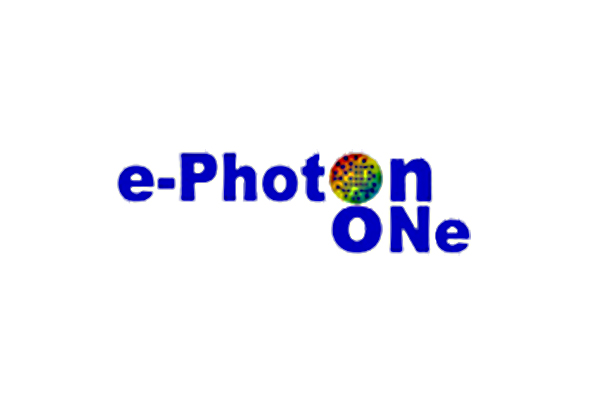
e-Photon/ONe+
The Network of Excellence e-Photon/ONe+ aims at integrating and focusing the rich know-how available in Europe on optical communication and networks, both in universities and in research centres of major telecom manufacturers and operators. This project built upon the experience gained within the previous NoE e-Photon/ONe, funded within the 1st IST call of FP6. The set of expertises available in the NoE ranges from optical technologies to networking devices, network architectures and protocols, new services fostered by photonic technologies. The NoE contributes to the Strategic Objective ‘Broadband for All’, with specific focus on low cost access and edge network equipment, for a range of technologies, including optical fiber, on new concepts for network management, control and protocols, and on increased bandwidth capacity, in the access network as well in the underlying optical core/metro network, including in particular optical burst and packet switching.
The main technical aim of the e-Photon/ONe+ is to demonstrate and spread awareness of the potential advantages of optical technologies with respect to electronic technologies in both telecom networks and customer-controlled grids. The focus includes both incrementally improving and emerging optical technologies. In a joint effort, the participants to the NoE will work towards a consensus on the engineering choices for the deployment of cost-effective optical technologies as the foundation for the future Internet, with the strong intention to provide valuable inputs to the standardization bodies and guidelines to the operators, as well as competitive feedback to European telecom equipment manufacturers.
Integration is pursued primarily by establishing long-term collaborations among partners in terms of research, of infrastructures sharing, and of education and training. The NoE provides the platform within which the main instruments to achieve these long-lasting collaborations, such as the regular exchange of researchers between partners, the involvement in coordinated research activities, and the development of joint teaching programs and events, will be effectively deployed.
Dissemination is pursued by means of coordinated publication activities, of training programs implementation, of technical events and workshop organization, and of interaction with other consortia in the same technical area.
Although research activities is mainly be carried out in research programs funded externally to the NoE, at both national and European levels, well-focused joint research programs will be activated and implemented internally to the NoE.
Website: link